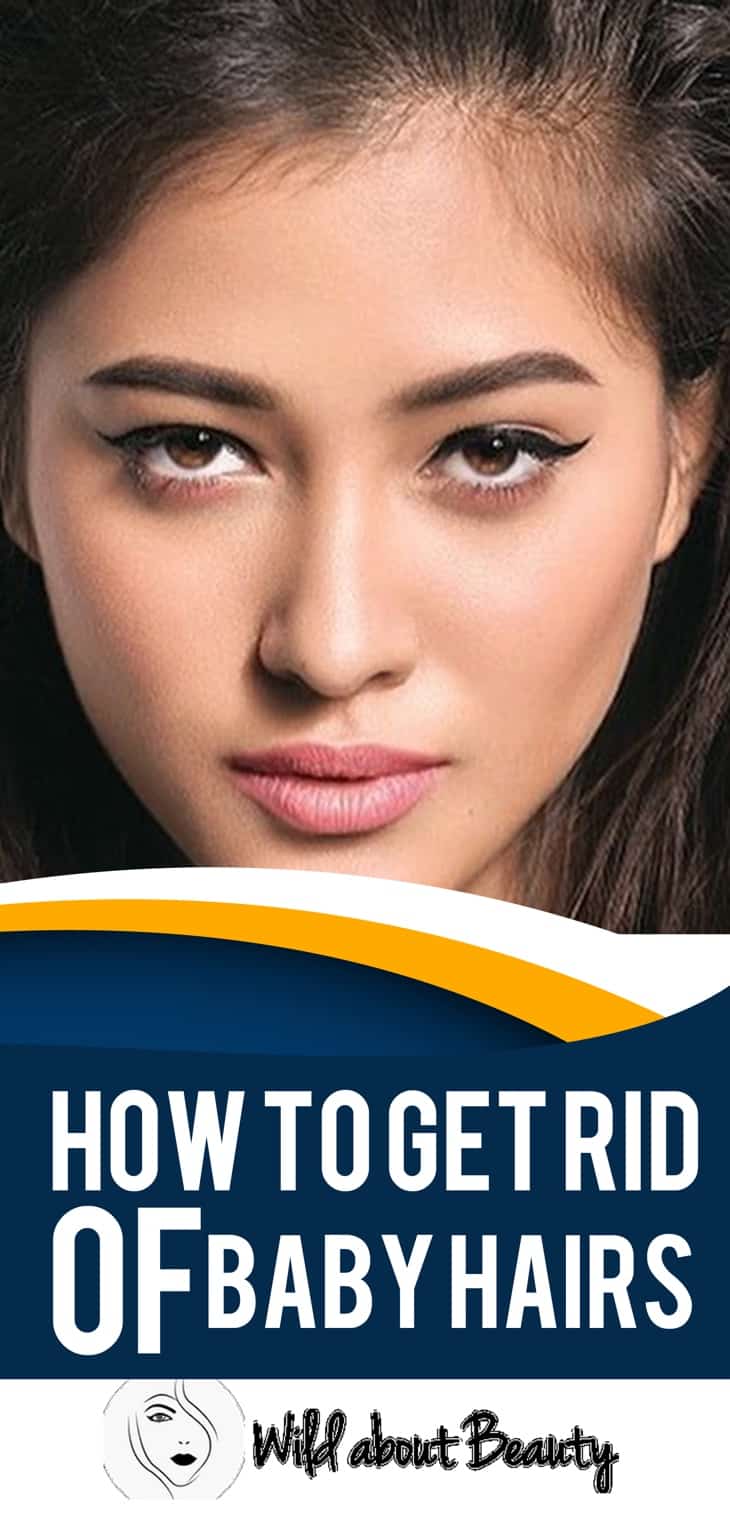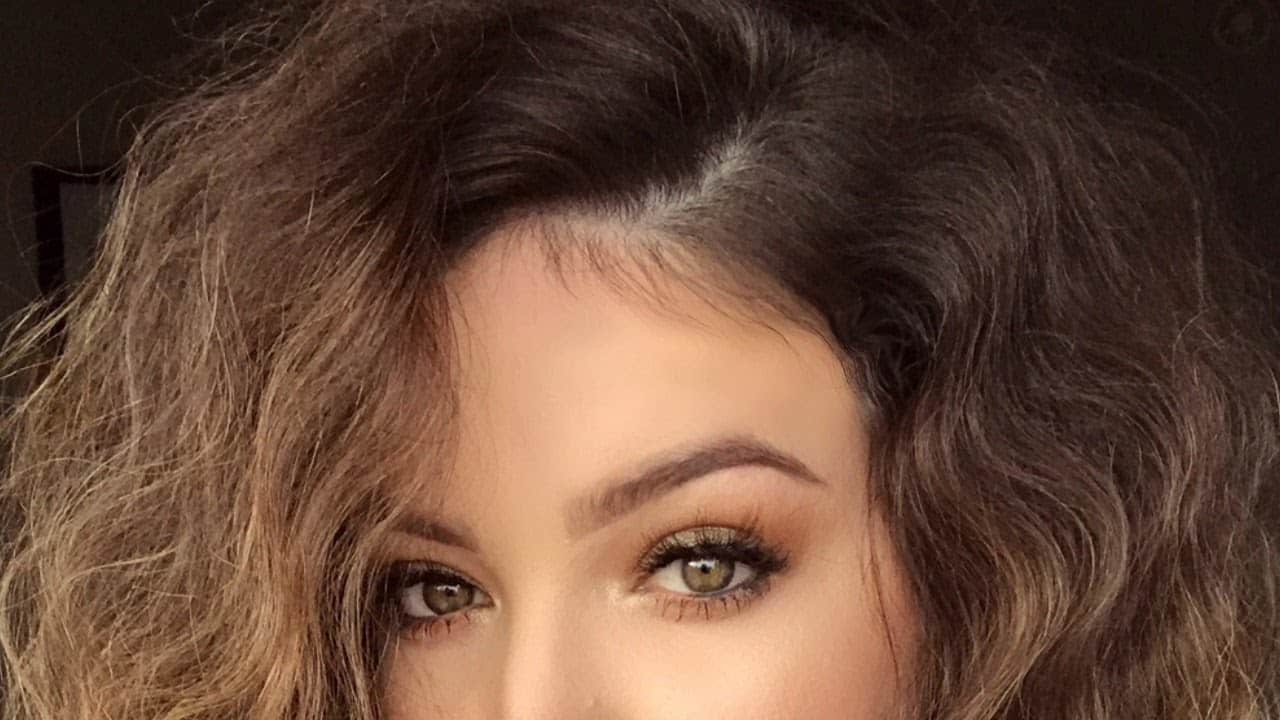We all know the struggle of perfectly styling our hair only to be faced with those pesky baby hairs sticking out and ruining our look. We’ve all been there, trust us. Baby hairs can be quite a bother, but there are ways to manage them with tact and style. It’s important to understand that baby hairs are a result of our genetic makeup, determining the size and shape of our hair follicles.
In this article, we’ll explore ways to tame those unruly baby hairs and even make them work to enhance our look. While we can’t halt their growth completely, we can sure learn to embrace them with grace and finesse. So let’s dive in and discover how to turn baby hairs from a nuisance to an advantage.
Chapter Overview
What Are Baby Hairs?
Baby hairs refer to the naturally occurring curls of hair on the top of the forehead. These fine hairs vary in texture and appearance, typically due to genetic factors. In some situations, baby hairs can emerge or change as a result of certain practices, such as:
- Genetics: Our genes influence the development, design, and appearance of all aspects of our body, including baby hairs on our forehead.
- Hair pulling: Plucking out strands of hair may inadvertently cause baby hairs.
- Headwear: Frequent use of caps or hats can modify the shape and texture of baby hairs, leading to wavy or curly strands.
- Tight hairstyles: Creating tight ponytails can contribute to baby hair growth on the top of the forehead.
There are two common types of baby hairs:
- Superman curl: A term inspired by the iconic Superman aesthetic, referring to the attractive and intentional look of baby hairs.
- Frizzy baby hairs: The undesirable and unruly strands that we often strive to eliminate or manage.
Understanding the origins, types, and influences of baby hairs can guide us in our strategies for managing these wispy strands.
Why Should You Try and Prevent Baby Hairs?
There are several compelling reasons to prevent baby hairs, not only for appearance but also for health and comfort. Here are some key issues that may arise if baby hairs are left untreated:
- Trapping moisture: Baby hairs can retain moisture from the skin, leading to increased sweat on the forehead.
- Irritation from products: These tiny hairs can cling to your facial and hair products, causing potential irritation.
- Dryness from sun exposure: When spending time outdoors, the skin on your forehead surrounding baby hairs may become excessively dry.
To prevent these issues, we recommend the following measures:
- Avoid wearing caps
- Use combs with thicker teeth gaps to reduce frizz
- Apply oil to baby hairs to keep them tame
- Clean your forehead consistently
- Refrain from pulling hair tightly
- Avoid wearing ponytails
By proactively addressing baby hairs, you can maintain both a polished appearance and improved overall skin health.
How To Tame Baby Hair?
Taming baby hair can be a challenge, but with the right techniques and tools, we can effectively manage those pesky flyaways. Here are some tips to help you control baby hairs:
- Warm coconut oil: Apply this oil to moisturize and eliminate frizzy baby hairs.
- Hairspray or hair gel with toothbrush: Combine strong hold hairspray or gel and an old toothbrush to comb your baby hairs into place.
- Olive or almond oil massage: Gently massage baby hairs with olive or almond oil, continuing onto the rest of your head.
- Mustard oil: Use this alternative to tame frizzy and irritating baby hairs.
- Finger styling: Wet your hands and run your fingers through the baby hairs, integrating them with the rest of your hair.
- Hair dryer: Blow air downwards and gently comb the hairs to keep them in place.
Best Way To Tame Your Baby Hairs
To achieve a polished and neat look, we recommend following this efficient three-step process:
- Dampen the baby hairs: Use a mist bottle to spritz along the hairline, ensuring your baby hairs are completely wet for easy styling.
- Use a blow dryer for precision: Hold the baby hairs between your index and middle finger, pulling them 1-2 inches from the scalp. Alternate between blasting them with cool air for three seconds and hot air for three seconds throughout the drying process.
- Set the strands: Grab a toothbrush and mist the bristles with a medium to strong-hold hairspray. Gently brush over the baby hairs along the hairline. Alternatively, fold a tissue, spray it with hairspray, and slide it across your hairline.
By following these tips and incorporating products like gel, pomade, and styling creams, we can effectively manage baby hairs, keeping frizz and flyaways at bay. Remember to use heat styling tools like hair dryers at the appropriate temperature to avoid damaging delicate strands. A consistent hair care routine, including moisturizing shampoos, also contributes to maintaining healthy and manageable baby hairs.
How To Mask Baby Hairs?
We can embrace baby hairs and incorporate them into our hairstyles to create an effortless and trendy look. Some effective methods include:
- Messy Hairstyles: Opt for messy locks loosely tied in a braid or bun. This will allow the baby hairs to blend in, appearing natural and intentional.
- Braid Technique: With this method, we can twist and hide stray baby hairs within the braid, making them part of our style without using any hair products.
- Half-Updo: This style involves tying up half of our hair, using clips or bobby pins to secure the top section. This look will emphasize the baby hairs, making them part of our overall appearance.
- Hair Accessories: We can use headbands, colorful hair ties, or a silk scarf to help mask baby hairs and add a pop of color to our looks.
By utilizing these techniques, we can incorporate baby hairs into our beauty arsenal, creating stylish and modern hairstyles.
Can You Remove Baby Hairs?
While we cannot permanently remove baby hairs, we are able to manage them temporarily using various methods. Here are some options to consider:
- Shaving: This is a common method for hair removal, involving a razor and shaving cream. However, be cautious when using a razor near your hairline, as it may cause skin cuts or other injuries.
- Facial Hair Removal Creams: These creams provide a safer alternative for removing baby hairs. However, if you have sensitive skin, avoid using these creams, as they may cause irritation.
- Epilation: This category encompasses methods such as threading, tweezing, and waxing. These methods provide a longer-lasting solution compared to shaving, but may cause some discomfort.
| Method | Duration | Level of Comfort | Suitability for Sensitive Skin |
|---|---|---|---|
| Shaving | Short-term | Comfortable | Yes |
| Hair Removal Creams | Short-term | Comfortable | Not for sensitive skin |
| Epilation | Longer-term | Less comfortable | Yes |
It is essential to protect our hair and skin during these processes to prevent damage. Visiting a salon with experienced professionals can help reduce the risk of causing any harm. Furthermore, maintaining our hair’s overall health by avoiding dry strands and other potential damage sources can lead to a more manageable hairline.
Ultimately, deciding whether to tame, embrace, or remove baby hairs temporarily is a personal choice, and we encourage you to select the option that works best for your needs.


